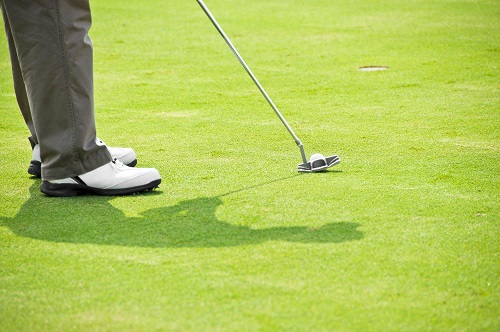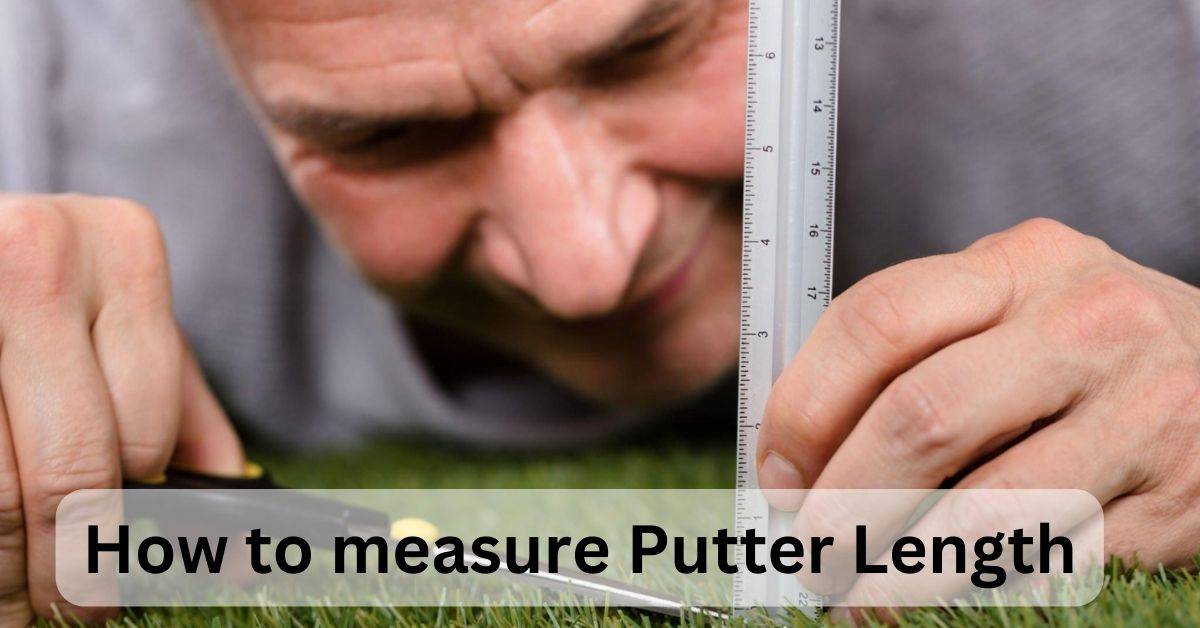When it comes to golf, finding the right putter length can make a significant difference in your game. In this comprehensive guide, we will delve into the importance of putter length, the factors to consider when choosing the right size, and provide a step-by-step process to measure it accurately. Whether you’re a seasoned golfer or a beginner looking to improve your putting skills, understanding how to measure putter length is essential for enhancing your performance on the green.
Contents
Understanding Putter Length
Definition and Impact
The Role of Putter Length in Golf: First, let’s define putter length and understand its significance in golf. Putter length refers to the measurement from the top of the grip to the sole of the putter head. It directly affects your posture, alignment, and stroke mechanics, making it a critical factor in your putting performance.
Factors Influencing Putter Length Selection
When choosing the right putter length, several factors come into play. These include your height, posture, and putting style. Each golfer is unique, and finding the perfect putter length tailored to your characteristics can significantly improve your consistency and confidence on the green.
Proper Method to Measure the Length of the Putter
Gather the necessary tools:
- Measuring tape or a dedicated putter length gauge.
Assume your putting posture:
- Stand in a comfortable and natural putting stance, as you would on the green.
- Grip the putter with your normal grip, aligning it with your forearms.
Position the putter for measurement:
- Hold the putter upright, ensuring the sole of the putter head rests flat on the ground.
- Make sure the putter shaft is perpendicular to the ground.

Measure the putter length:
- Using a measuring tape or a putter length gauge, place one end at the top of the grip.
- Extend the measuring tape or gauge along the shaft to the sole of the putter head.
- Read and record the measured length.
Record the measurement:
- Note down the measured length for future reference and comparison.
- Make sure to record the length in inches or centimetres, depending on your preference.
Most Common Lengths for Putters
The most common lengths for putters typically range from 32 inches to 35 inches. However, it’s important to note that putter length can vary based on personal preference, body type, and putting style. Here are the most common putter lengths and their general suitability:
32 Inches
- A shorter putter length is suitable for golfers with a bent-over posture or who prefer a more compact stroke.
- It is often favoured by players with straight-back, straight-through putting strokes.
33 Inches
- Slightly longer than the 32-inch putter, offering a bit more reach and comfort.
- Ideal for golfers with a slightly taller stance or those who prefer a bit more room for their arms.
34 Inches
- One of the most widely used putter lengths, suitable for a wide range of golfers.
- Offers a balanced combination of control, consistency, and comfort.
- Often recommended as a starting point for players unsure of their ideal putter length.
35 Inches
- Longer putter length is suitable for taller golfers or those with a more upright putting posture.
- Can provide added stability and a smoother stroke for players with a pronounced arc in their putting motion.
- They are often preferred by golfers who benefit from a more extended sightline for alignment.
USGA Rule about Custom Length Putter
The USGA rules regarding putter length provide golfers with a considerable degree of flexibility. When it comes to selecting a custom-length putter, the USGA rules are accommodating. Golfers have the freedom to choose a putter length that best suits their individual needs, whether it’s a shorter 30-inch putter or a longer 37-inch putter. As long as the putter falls within the range of 18 to 48 inches, it is considered legal and compliant with USGA regulations.

Factors to Consider for Choosing the Right Putter Length
Relationship Between Putter Length and Posture
Your posture plays a vital role in your putting performance. The putter length should complement your posture, allowing you to maintain a comfortable and natural position over the ball. Adjusting the putter length according to your posture can help you achieve better alignment and consistent strokes.
Analyzing Putting Stroke Mechanics
Understanding your putting stroke mechanics is essential for selecting the ideal putter length. Factors such as the arc of your stroke and the amount of face rotation impact the effectiveness of different putter lengths. Analyze your stroke mechanics to determine whether a longer or shorter putter length suits your natural stroke.
Seeking Professional Guidance for Putter Fitting
If you’re unsure about choosing the right putter length, it’s wise to seek professional guidance. Professional club fitters or golf instructors have the expertise to assess your unique requirements and recommend the perfect putter length for your game. Their insight can save you time and effort in finding the ideal fit.
| Player Height | Putter Length |
| Less than 5’0″ | 32″ |
| 5’0″ to 5’2″ | 32.5″ |
| 5’2″ to 5’4″ | 33″ |
| 5’4″ to 5’6″ | 33.5″ |
| 5’6″ to 5’8″ | 34″ |
| 5’8″ to 6’0″ | 34.5″ |
| 6’0″ to 6’2″ | 35″ |
| 6’2″ to 6’4″ | 35.5″ |
| 6’4″ | 36″ |
Final Message
Measuring putter length correctly is an important step towards improving your putting game. By understanding the impact of putter length, following the step-by-step guide for measurement, considering factors like posture and stroke mechanics, and seeking professional guidance, you’ll be well on your way to finding the perfect putter length for your game. Remember, a properly fitted putter is the key to consistent, accurate, and enjoyable putting on the golf course.

